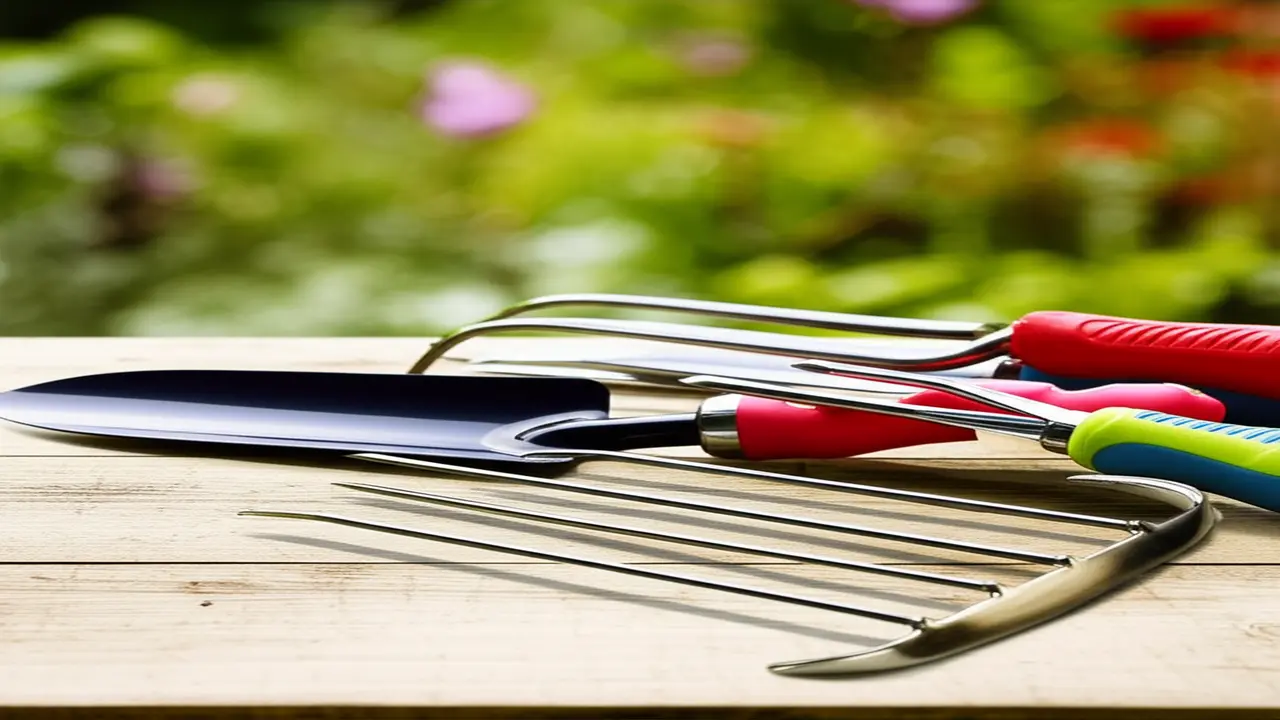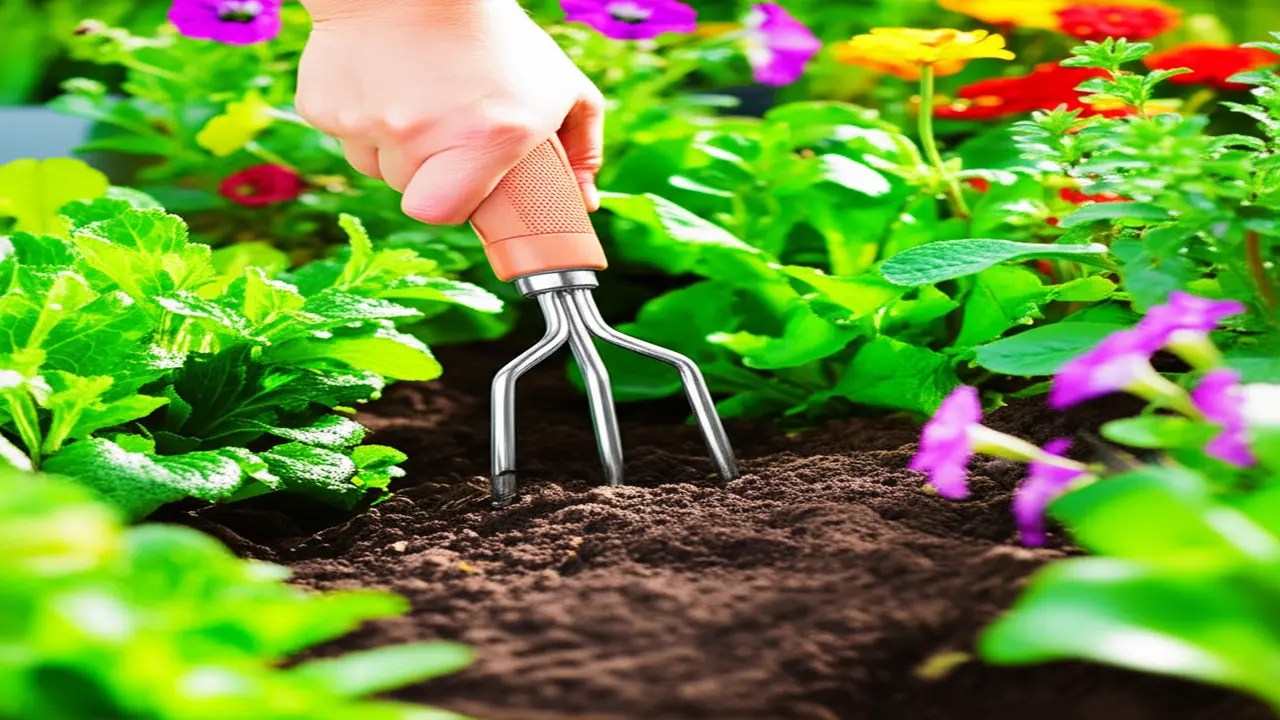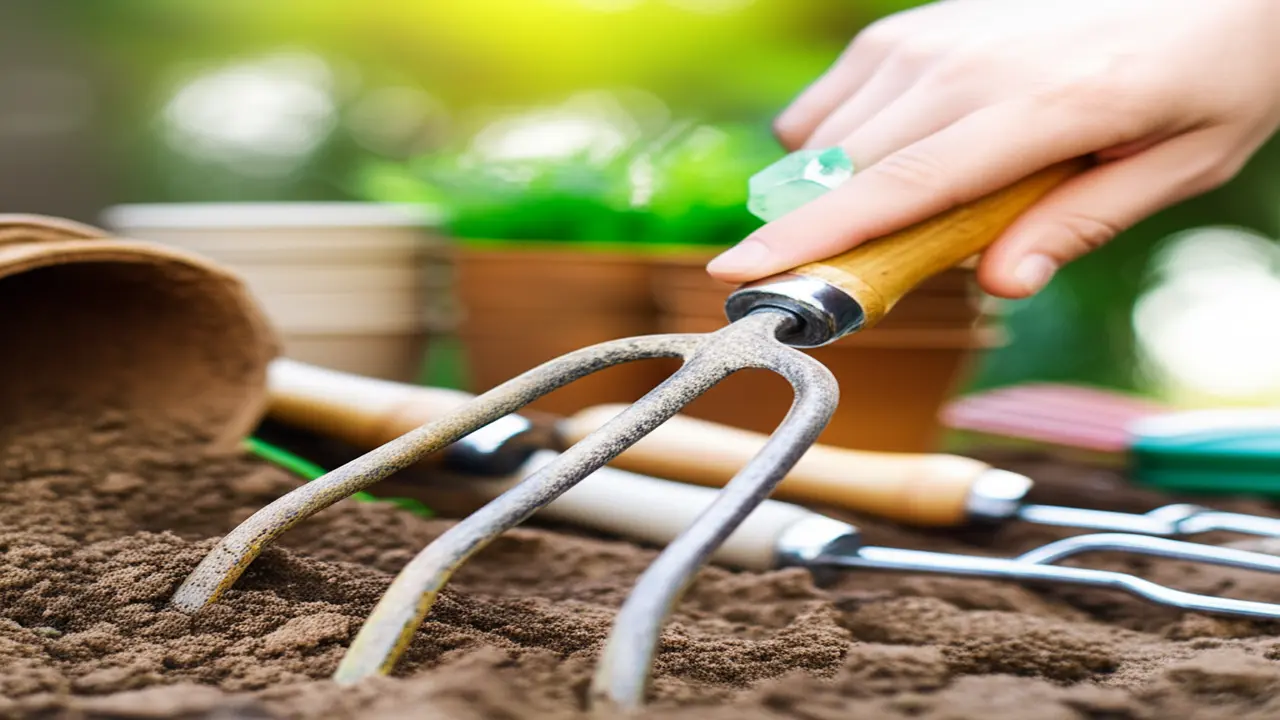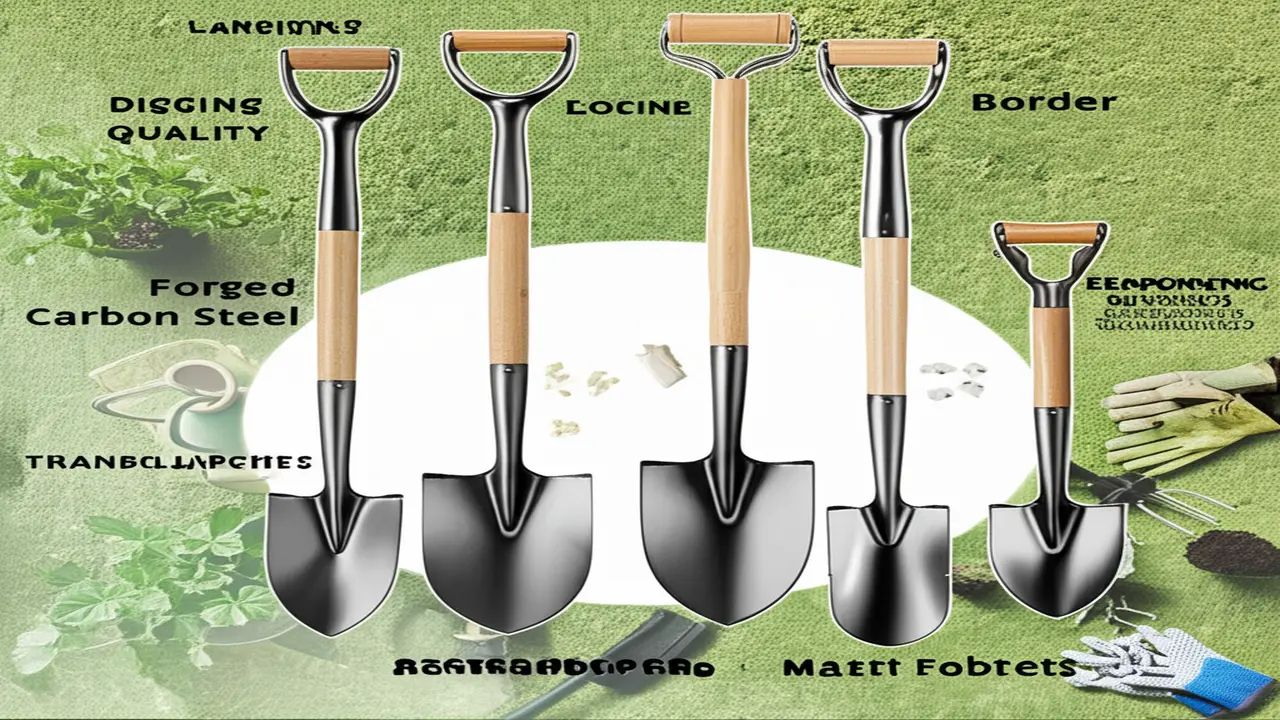Hand Fork Gardening: Essential Guide to Use, Types, and Buying Tips
Hand fork gardening remains a fundamental skill for gardeners who value precision and efficiency. More than just a simple garden gadget, the garden hand fork provides the crucial ability to work soil delicately and effectively, particularly in confined or sensitive areas. This guide offers an expert overview on the uses, types, maintenance, and purchase advice for hand forks, designed to support both novice and experienced gardeners.
I. Introduction: Why Every Gardener Needs a Hand Fork (and What It Is)
The hand fork is often mistaken for a mini-spade, but it plays a distinct and irreplaceable role in gardening. Historically, hand forks developed as precise tools crafted to loosen soil, uproot weeds, and manage delicate plants without the strain imposed by larger implements. This precision makes hand forks an indispensable component of modern gardening toolkits.
Efficiency and accuracy mark the hand fork’s contribution to gardening. It minimizes the physical strain gardeners endure while enabling them to work with precision in tight or compacted soil areas where larger tools falter. The versatility in its use cements its place as a primary hand tool, adaptable for numerous gardening tasks from weeding to transplanting.
What follows in this guide is a thorough exploration of the anatomy of garden hand forks, recommended techniques for maximized gardening outcomes, detailed advice on selecting the best hand fork for your garden’s needs, along with maintenance practices to prolong your tool’s service life.
II. Anatomy and Types of Garden Hand Forks: Understanding Your Tool
The design and build of a hand fork directly influence its performance in garden tasks. Key components include:
Tines: The section consisting of three or four prongs varies extensively in number, length, and shape. Tines may be flat for breaking up soil more aggressively, rounded for lifting roots gently, or pointed for precision in tight soils.
Shaft/Neck: Usually constructed from strong metals like steel or lighter materials such as aluminum, this connects the tines to the handle and determines the durability and resilience of the fork.
Handle: Grips are typically fashioned from wood, plastic, or composite materials, emphasizing ergonomics and comfort, vital for reducing hand fatigue during lengthy gardening sessions.

Notable hand fork types include:
- Standard Garden Hand Fork: Designed for general soil loosening, weeding, and aerating.
- Potting/Transplanting Fork: Smaller tines built for delicate handling of seedlings and container plants.
- Border Fork (Mini Digging Fork): Slightly sturdier for tougher soils and narrow garden edges.
- Ergonomic/Specialty Forks: Crafted to minimize hand strain, often featuring D-shaped handles for improved leverage.
Clarifying distinctions from related garden tools such as trowels, cultivators, and weeders is essential to ensure appropriate tool selection for specific tasks.
III. Mastering the Hand Fork: Techniques for Effective Gardening
Using a garden tools hand fork adeptly can transform garden maintenance. Key techniques include:
Soil Preparation: Use the hand fork to gently break up compacted soil layers. This encourages aeration and water penetration, critical for root health. Breaking clods into fine particles and evenly mixing in amendments like compost promotes fertile soil conditions.
Precision Weeding: Hand forks excel in targeted removal of deep-rooted invasive plants. By loosening soil directly around weed roots, you can extract unwanted growth efficiently without disturbing nearby plants or soil structure.
Planting and Transplanting: Create clean holes for bulbs or seedlings, gently lift plants with minimal root disturbance, and carefully backfill while firming soil to remove air pockets.

Additional applications extend to dividing perennials, harvesting root crops, and tidying garden borders, showcasing the hand fork’s functional breadth.
IV. Choosing the Best Hand Fork for Your Garden: A Buying Guide
When selecting the best hand fork for gardening, assessing material quality and ergonomic design is paramount. Consider:
Material Quality: Stainless steel tines resist rust better but may be less tough than high-carbon steel which withstands heavy-duty use.
Handle Design: Ergonomic handles with cushioned grips or contoured shapes improve comfort and reduce fatigue.
Tine Strength: Match tine robustness to your soil type; light soils allow for finer tines, whereas clay or rocky terrains require sturdier forks.
Construction Style: Full tang tools (where tines extend into the handle) are generally more durable than socket-style connections.

Expert testing and reviews consistently emphasize the importance of balancing performance, ergonomics, and value. For example, standard garden hand forks perform well for general tasks, while specialized ergonomic options enhance comfort for prolonged use.
Purchasing from reputable online platforms and local garden centers ensures authenticity and effective after-sales support.
V. Care and Maintenance for Your Hand Fork: Ensuring Longevity
Proper maintenance maximizes your hand fork’s lifespan and reliability. Key practices include:
Cleaning: Immediately after use, remove soil and plant debris to prevent decay and rust formation.
Oil Application: Lightly oil metal parts regularly to protect against surface rust, especially if stored in humid environments.

Sharpening: Some tines benefit from occasional sharpening for enhanced penetration; use a file carefully to maintain the shape.
Storage: Store in a dry, sheltered spot preferably suspended or housed in a tool rack to avoid ground moisture damage.
VI. Troubleshooting Common Gardening Challenges with Your Hand Fork
Breaking Up Compacted Soil: Use controlled leverage to fracture tough soil, improving aeration. Pause to avoid excessive strain or unwanted root damage.
Removing Stubborn Weeds: Employ slow, targeted digging motions with the tine tips to loosen roots before extraction, minimizing soil disruption.
Protecting Plant Roots: When cultivating near delicate plants, angle the fork away from roots and work superficially, preserving vital root structures.
VII. Frequently Asked Questions About Hand Forks
- What is the difference between a hand fork and a cultivator?
- A hand fork typically has 3-4 sturdy tines for penetrating and breaking soil, whereas cultivators often have multiple thin tines designed primarily for shallow soil stirring and aeration.
- Can I use a hand fork in rocky soil?
- Yes, but select a heavy-duty hand fork with robust tines and a full-tang design to withstand tougher conditions.
- How often should I oil my hand fork?
- Routine oiling every few uses or at least once a month in damp climates helps prevent rust and keeps the metal in optimal condition.
VIII. Conclusion: The Hand Fork as Your Trusted Gardening Companion
Exploring the versatility, utility, and precision of hand fork gardening underscores why it should be in every gardener’s toolkit. From soil preparation to delicate transplanting, its design enables efficient and thoughtful gardening work. By choosing the right type, applying proper techniques, and committing to regular care and maintenance, your hand fork will remain a reliable tool through many gardening seasons.
Intentionally selecting and using quality garden tools like the hand fork promotes sustainable practices and gardening success, elevating your connection to the earth and your plants.
For further gardening tool insights including spades and pruning shears, visit Garden Item Reviews.
Additional trusted advice on tool selection can be found at the Royal Horticultural Society’s gardening advice portal: RHS Hand Fork Guide and Gardening Know How’s comprehensive tool selection article: Choosing the Best Hand Fork.
This guide aligns with the latest content best practices, integrating Google’s E-E-A-T principles and focusing exclusively on people-first, authoritative gardening advice for 2025 and beyond.

